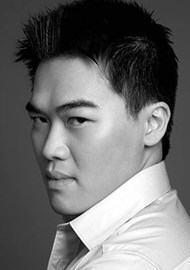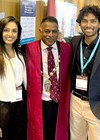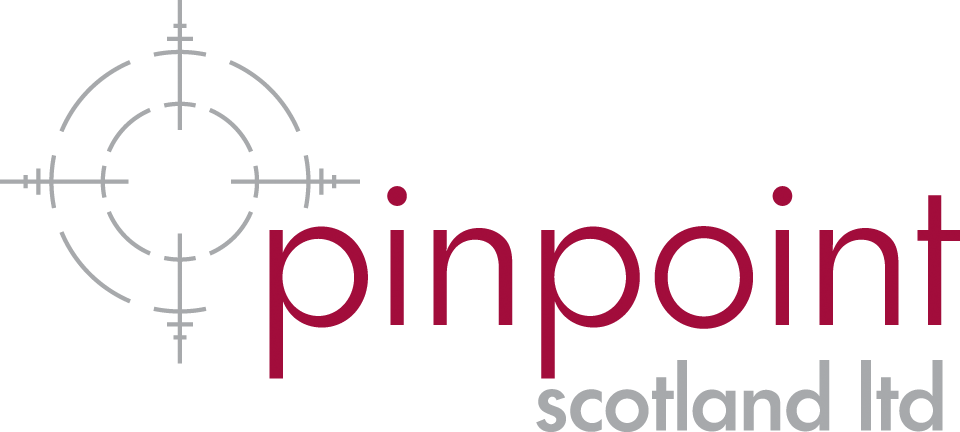Allow me to recount the extraordinary journey of Professor Theavy Mok, a pioneering force in the field of medicine. Dr Mok, a man of great distinction, was the first plastic surgeon to emerge from the rich soils of Cambodia. His journey began in 1990, when he earned his medical doctorate from the esteemed University of Health Sciences in Phnom Penh. A humble yet committed physician, Dr Mok has devoted much of his life to the service of others, particularly in the surgical department of the Khmer Soviet Friendship Hospital, where he now serves as the Deputy Director.
But his reach extends far beyond the hospital walls. In 2002, Dr Mok embarked on a new chapter, assuming the role of Medical Director for Operation Smile Cambodia, bringing his expertise to those in dire need of medical intervention. His work did not go unnoticed. In 2007, the Royal Government of Cambodia recognised his invaluable contributions to the development of human resources, bestowing upon him the prestigious Gold Medal of Work. And in 2009, his influence continued to spread, earning him the Bronze Medal for his efforts in fostering international collaboration, particularly with non-government organisations (NGOs) and the medical community.

The author Lee Seng Khoo (right) interviews Cambodia’s first plastic surgeon Theavy Mok.
That same year, in an event of great significance, Dr Mok was honoured with the inaugural International Observer Fellowship by the Canadian Society of Plastic Surgeons – a testament to his exceptional dedication to his craft and the people he serves – truly, a life dedicated to healing, to teaching, and to making the world a better place, one patient at a time.
I had the immense pleasure of interviewing Dr Theavy Mok over dinner when I was invited to lecture at the 3rd Aesthetic Conference of the Cambodian Association of Plastic, Aesthetic and Reconstructive Surgery (CAPRAS) in 2024.
Lee Seng Khoo (LSK): Pleasure to sit down and speak to you, Dr Mok. I know you are Cambodia’s first plastic and reconstructive surgeon and the specialty has come a long way since. Can you tell us a bit about yourself and how you got into the specialty of plastic surgery?
Theavy Mok (TM): Thank you for speaking with me. Please, call me Theavy. I come from very humble beginnings. I graduated from medical school in Phnom Penh in 1990. Later I worked in the general surgery department at the Khmer Soviet Friendship Hospital. We did not have a plastic surgery department, and we relied on visiting foreign surgeons to come and operate on the reconstructive plastic surgery patients who suffered from burns, cleft lip and palate and other traumatic deformities.
During the multiple visits of foreign surgeons coming from Belgium and Canada, I developed an interest to specialise in this field when I saw how the surgeons were doing such marvellous work. I really wanted to do cleft surgery. It was fascinating but I did not have the skills back then. There was no plastic surgery residency or training in Cambodia, so a specialised programme of four years of surgical training with Inter-University Ghent-Phnom Penh was developed, which included a one-year fellowship for head and neck and plastic surgery in Ghent, Belgium.
LSK: Any fond memories from plastic surgery training in Belgium? And how is plastic surgery training carried out today in Cambodia?
TM: Oh, it was tough! The head of plastic surgery at that time in Belgium was the Microsurgeon Dr Philippe Blondel. The workload was much higher than today in Belgium. I remember starting surgery in the early mornings, not having lunch or dinner, and operating until the small hours of the morning. Often, my boss would go home and leave me behind and let me do the flap inset and all the arterial and venous anastomosis. These surgeries took anywhere from 12 to over 24 hours to complete.
You would then stay up to monitor the flap viability clinically. Your nightmare would be a flap failure. In the mornings when he saw that the flaps survived, he would repeatedly tell me, “I trust you completely, Theavy!” I was often hungry and totally exhausted, but it was the best learning experience. We have to understand that reconstructive microsurgery was not as established globally as it is today. We learnt on the job and more discoveries on perforators and vessels were made decades later.
As there was no formal training in plastic surgery in Cambodia, I later set up a formal training residency programme with Dr Nous Sarom, my mentee, to fill the need for plastic surgeons in the country. I sent Dr Sarom to Songkhla University, Thailand and the University of British Columbia for specialised training in plastic and reconstructive surgery. When he returned, we sat down and drew up the curriculum, training structure, assessments and credit hours necessary for the plastic surgery residency programme at the Khmer Soviet Friendship Hospital in Phnom Penh.
Dr Sam Most from Stanford University has been actively involved in developing the plastic surgery training programme for residents at the Khmer Soviet Friendship Hospital. This initiative includes both didactic and hands-on training in the operating room. Now, aspiring surgeons need not travel abroad for clinical attachments or fellowships – they can be trained by us here in Cambodia.
LSK: What has changed in your opinion over the years as professor of plastic surgery and a senior surgical trainer in the residency programme in Cambodia?
TM: Today life is easier! We have more specialists and residents. I have trained enough surgeons to run the show. So, we can take off and have rosters for on-calls and for free flap surgery. Our surgeons can now choose what they like to do – for example, if they prefer cleft or hand surgery or microsurgery they can narrow in on that subspecialty. I begin to focus on doing more aesthetic plastic surgery as Cambodia has seen a boom in the demand for aesthetic plastic surgery.
LSK: Do you think aesthetic plastic surgery should be taught in the residency training programme?
TM: Yes, but not at the expense of reconstructive surgery. For me, reconstructive surgery is the foundation of being a plastic surgeon. The trainee must first learn what is wound healing, flaps, grafts, and then have skills in burns, hand surgery, microsurgery and maxillofacial trauma surgery before they think of aesthetic surgery. Aesthetic surgery is an important part of plastic surgery – actually very important – and it is my belief that a strong foundation in reconstructive surgery allows the surgeon to do better and safer aesthetic surgery. If not, we will just be cosmetic surgeons with little understanding of reconstructive surgery or the types of dressings and the science of wound healing.
Today, it is so common to see young surgeons coming to the residency programme thinking only about graduating from the programme to do only cosmetic surgery. This is worrying to me, because we need strong surgeons in plastic surgery –able to handle any type of cases that present itself. After you have had the training and experience in reconstructive surgery, then you go on and do aesthetic surgery – fair enough?
LSK: How do residents learn aesthetic plastic surgery in Cambodia?
TM: You have visited the Khmer Soviet Hospital, haven’t you?

Theavy Mok (left) ith Lee Seng Khoo (right).
LSK: I have indeed. I see genuine mentor-mentee support with a lot of first surgeon operating responsibilities given to the first-year resident in training. This is very rare in many countries, including my own, where residents mainly assist in major plastic surgery cases and do a few first surgeon cases in their final year of training. It truly is a different type of training environment here. Still, my question remains – where do the residents get exposure to cosmetic surgery?
TM: We have a limited number of cosmetic surgery cases at the Khmer Soviet Hospital because there is an immense workload of reconstructive cases. At the weekends, residents often accompany their professors or surgical trainers who perform aesthetic surgery in private hospitals or clinics. The residents are also free to contact myself, Dr Sarom and any of the faculty to observe and assist in aesthetic surgery cases we perform. I assure you we hold nothing back. We give them the training they need to succeed both in public and private practice. We do not want our trainees to go out and ‘experiment’ in aesthetic plastic surgery. If they need to perform their first aesthetic surgery case, they always have our support and can call on us to scrub in with them performing the case until they are confident. We help them and also correct them if they make an error during surgery. Our relationship with trainees goes beyond residency training.
LSK: What is your advice to aspiring plastic surgeons?
TM: My advice is to be humble – keep learning. Don’t think you know it all because the field changes very fast and new techniques or technology come out. Learn from everyone. The most important thing is character. Be polite and dependable, don’t bully your juniors. And when you are a surgical trainer, don’t bully your residents. Be sincere and be genuine to teach. Don’t be stingy with knowledge. Say no unkind words about a colleague. Trainees see all these because we are their role model. They model their behaviour after us. This is most important to me.
LSK: It has been wonderful speaking to you, Prof Theavy!
TM: Thank you and it was so nice having you in Phnom Penh to speak at CAPRAS.
Note: This interview was carried out by Lee Seng Khoo during the Faculty Dinner of the 3rd Aesthetic Conference of the CAPRAS in 2024.









